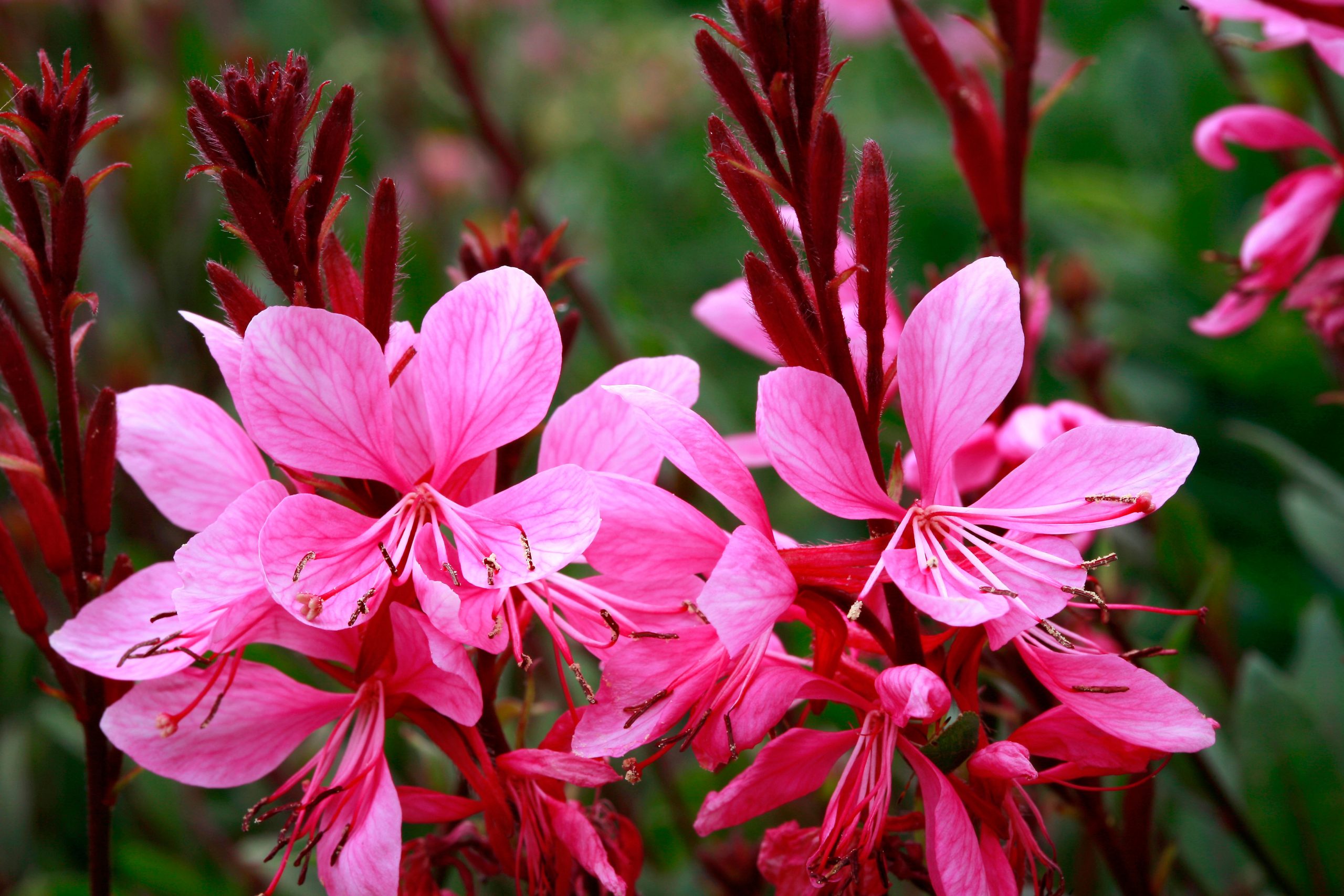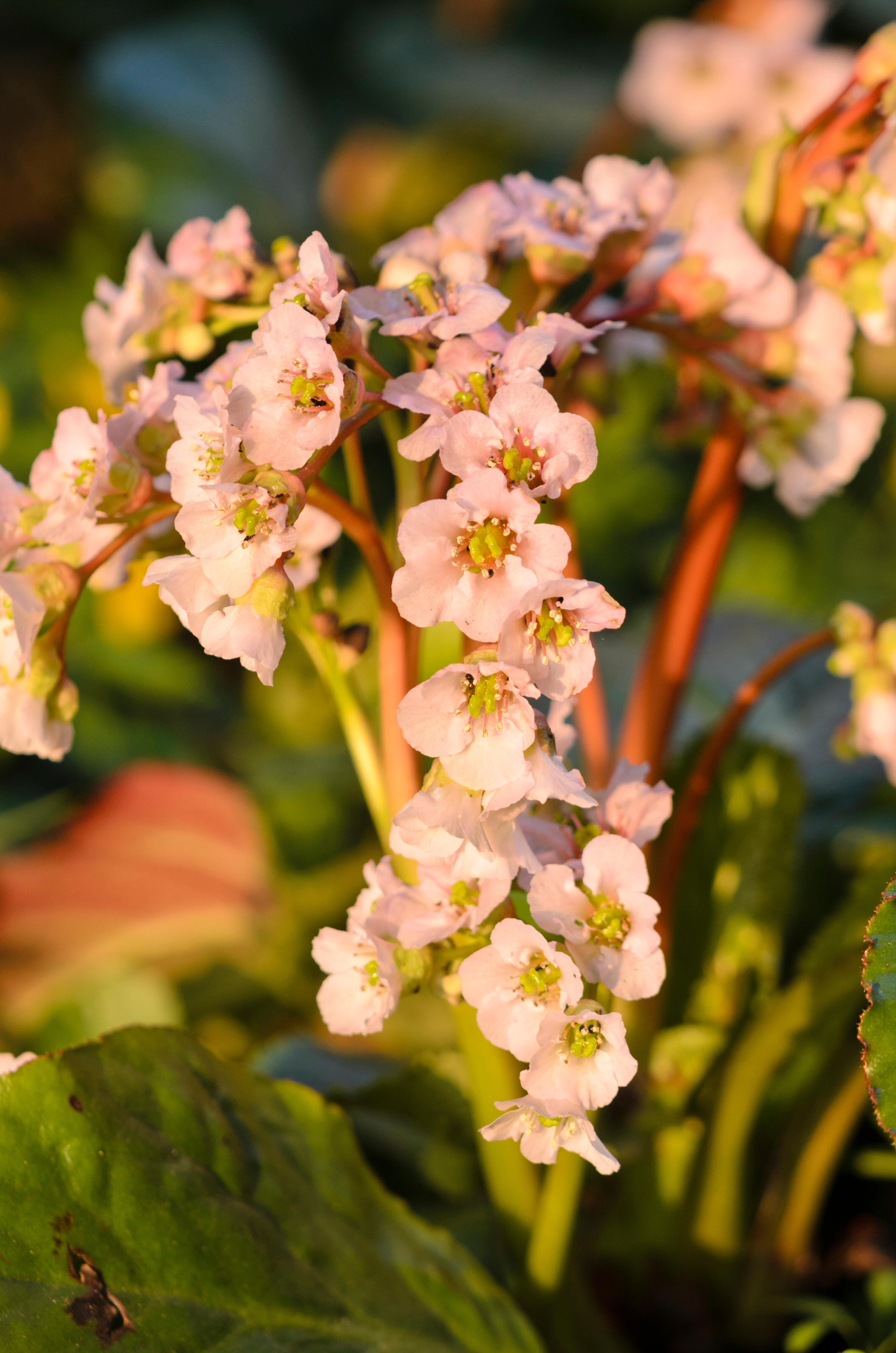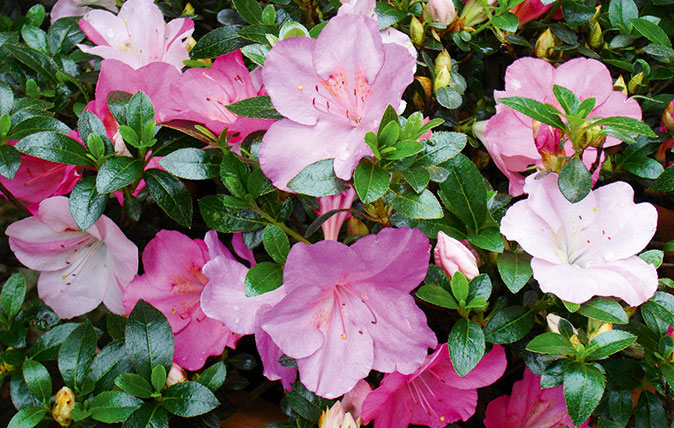Gardening's oddest minefield: How naming and re-naming plants can send botanists, gardeners and writers into a spin
Mark Griffiths delves in to the world of plant names, unearthing quirky stories, scientific discovery — and an unfortunate case of imbecilic inaccuracy.

Lest it be thought sexist, a Men Only for the green-thumbed and horny-handed, after 40 years in print, The Plantsman was renamed The Plant Review last September.
Much as I loathe the PC policing of English, I prefer the new title. The great beauty of this RHS quarterly is the depth of its feature articles, each devoted to one kind of cultivated plant.
But its chief utility is as a review of taxonomic research into the gamut of garden flora. The editor, James Armitage, presents this material in an invaluable section called ‘Classification corner’. It’s here that the RHS announces and explains the changes to botanical names that will be adopted in future editions of The Plant Finder and its other publications.
To give three examples that were gazetted in the first The Plant Review: henceforth, the airily elegant perennial Gaura lindheimeri will be called Oenothera lindheimeri; the azure-flowered and mat-forming alpine Lithodora diffusa will be renamed Glandora diffusa; and Fallopia japonica (Japanese knotweed) will revert to its old alias, Reynoutria japonica.
'Many existing plant names end up no longer saying the right thing and need to be changed'
It’s widely assumed that such rebrandings exasperate gardeners. In 1992, however, when I had the task of introducing many hundreds of name changes, I found most of my fellow plantspersons glad to adopt them in the knowledge that they were supporting a vital function of biological nomenclature. They appreciated that the language of life is itself living; that it exists not to provide eternally unalterable labels, but to reflect science’s understanding of the organisms it articulates; and that, when this understanding changes, so may the names.
Recently, the rate of change has accelerated due to the revolution in plant classification that is molecular systematics. Through DNA analysis, degrees of relatedness can be demonstrated with unprecedented precision. This has powered a root-and-branch revision of the tree of life in which lineages and evolutionary histories are reconstructed and new delimitations are proposed for families, genera and species.
Like that poor old term ‘plantsman’, many existing plant names end up no longer saying the right thing and need to be changed.
Exquisite houses, the beauty of Nature, and how to get the most from your life, straight to your inbox.

For all its forensic exactitude, molecular systematics is neither omniscient nor infallible. Samples may be too small, or contaminated or misidentified. The results may be capable of varying interpretations, and the conclusions wrongheaded. For these reasons, the RHS Nomenclature and Taxonomy Advisory Group scrutinises academic papers, evaluating the validity and likely impact of their proposals before recommending adoption or dismissal.
Adoption can be asking for trouble, not from gardeners, but the media. Here’s a newspaper headline from last November, after the RHS announced it accepted the renaming of Rosmarinus officinalis as Salvia rosmarinus: ‘Rosemary is not a rosemary, rules RHS — it’s a sage, as they tell gardeners to change plant labels.’ For imbecilic inaccuracy, this is beaten only by the same article’s opening: ‘Rosemary is not a separate species of plant after all.’
In fact, the Royal Botanic Gardens, Kew, and many other of the world’s leading plant authorities, agree with the RHS’s view of Rosmarinus, having been convinced by molecular studies that place it in an enlarged and diverse, but genetically coherent genus Salvia. This does not mean that rosemary ‘is not a separate species of plant’, let alone one and the same as culinary sage (Salvia officinalis). Its revised status as a new Salvia species, far from diminishing ‘rosemary’, only heightens its importance. There’ll be no writing this beautiful English name out of poems, plays, herbals, gardens and kitchens, no loss of its cultural identity and its wealth of lore and uses: ‘There’s rosemary, that’s for remembrance.’
'Without the breeder’s consent, someone else renamed it Spider’s Web and it became known as such in the West'
Names also need to change if they contravene the international codes, one for wild and the other for cultivated plants, that govern the formation and formalisation of nomenclature.
Last year, Yoko and I investigated Fatsia japonica Spider’s Web. We found that, originally, the breeder of this strikingly variegated cultivar had named it Tsumugi-shibori (‘batik-dyed cloth’) and that it had appeared in print with this name in Japan. Later, without the breeder’s consent, someone else renamed it Spider’s Web and it became known as such in the West.
Its familiarity, however, is immaterial. Spider’s Web does not meet the requirements of the International Code of Nomenclature for Cultivated Plants, whereas Fatsia Tsumugi-shibori does and, crucially, has priority: it was the first validly published name for this cultivar. Clearly, it is the correct name. Meanwhile, Spider’s Web becomes superfluous, a synonym.
Naturally, we reported this in The Plant Review — where else, but in that triumph of renaming?

Mark Griffiths: Why gardening is vastly richer, wider and deeper than in Gertrude Jekyll’s day
Gertrude Jekyll loved bergenais, but she'd be the first to agree that the variety around today far outshines what was

In Focus: Mark Griffiths on the history and revival of Sargent’s 'Carnation, Lily, Lily, Rose'
Mark Griffiths describes how a dinner-party question led to the uncovering of the true identities of the lilies in Sargent’s

Credit: Mark Grifiths
The Japanese azaleas set to flourish across Britain's gardens
Mark Griffiths looks at Satsuki azaleas – one of Japan's most revered plants, and yet perfect for an English garden.